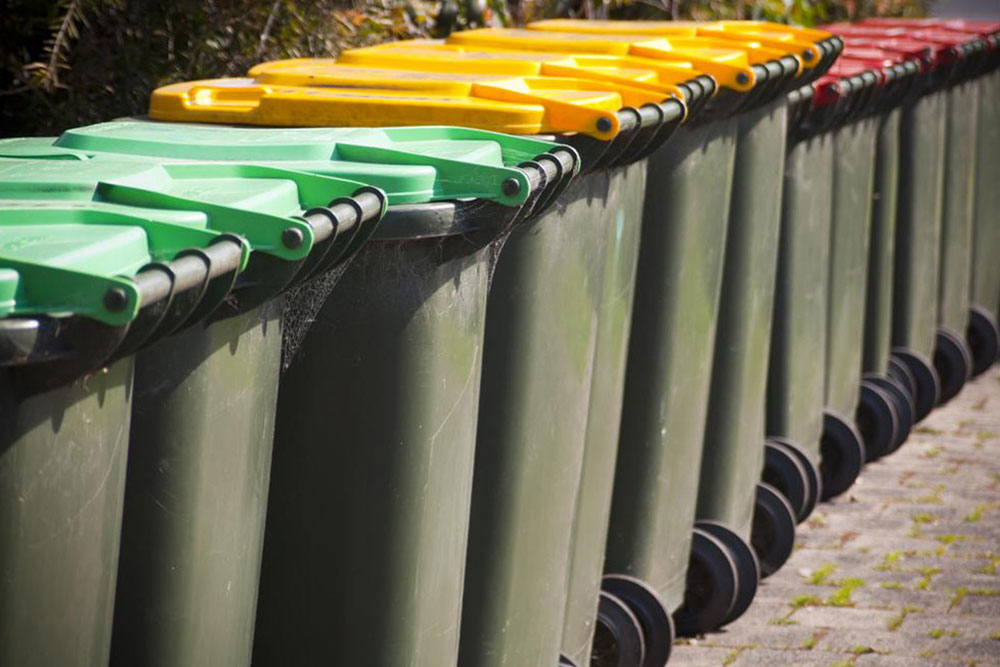The Importance of Proper Paint Waste Management
Proper management of leftover paint is essential for environmental sustainability. Recycling centers and charitable programs work together to process unused paints, turning waste into valuable resources for communities. This article highlights the importance of responsible disposal practices and the role of legislation and community initiatives in promoting eco-friendly waste management.

The Importance of Proper Paint Waste Management
After finishing painting tasks, many people are left with excess paint and related materials. Rather than storing leftovers in garages or basements, it's crucial to dispose of them correctly. Improper disposal, such as pouring paint down drains or discarding it with household trash, can harm the environment. Paint recycling facilities offer an environmentally friendly approach, accepting small amounts of leftover paint from households and communities.
Many nonprofit groups and community programs partner with paint recycling centers to safely manage unused paint. These centers often operate under Extended Producer Responsibility regulations, especially in the U.S., to promote responsible disposal. The American Coatings Association advocates for legislation supporting paint stewardship, facilitating easier and more sustainable disposal methods.
Programs like PaintCare work with retailers and hardware stores to collect leftover paints. These paints are then sent to specialized facilities such as GDB International, Amazon Environmental, Visions Paint Recycling Inc., and Acrylatex Coatings & Recycling Inc., where they are processed into new, affordable colors for reuse.
Additionally, organizations like The Global Paint for Charity distribute collected paints to schools, hospitals, and underserved families, transforming waste into social good. Supported by donors and sponsors, these initiatives aim to enhance community living by converting surplus paints into valuable resources.
Responsible disposal of excess paint is a shared duty that helps promote sustainability and environmental health.


